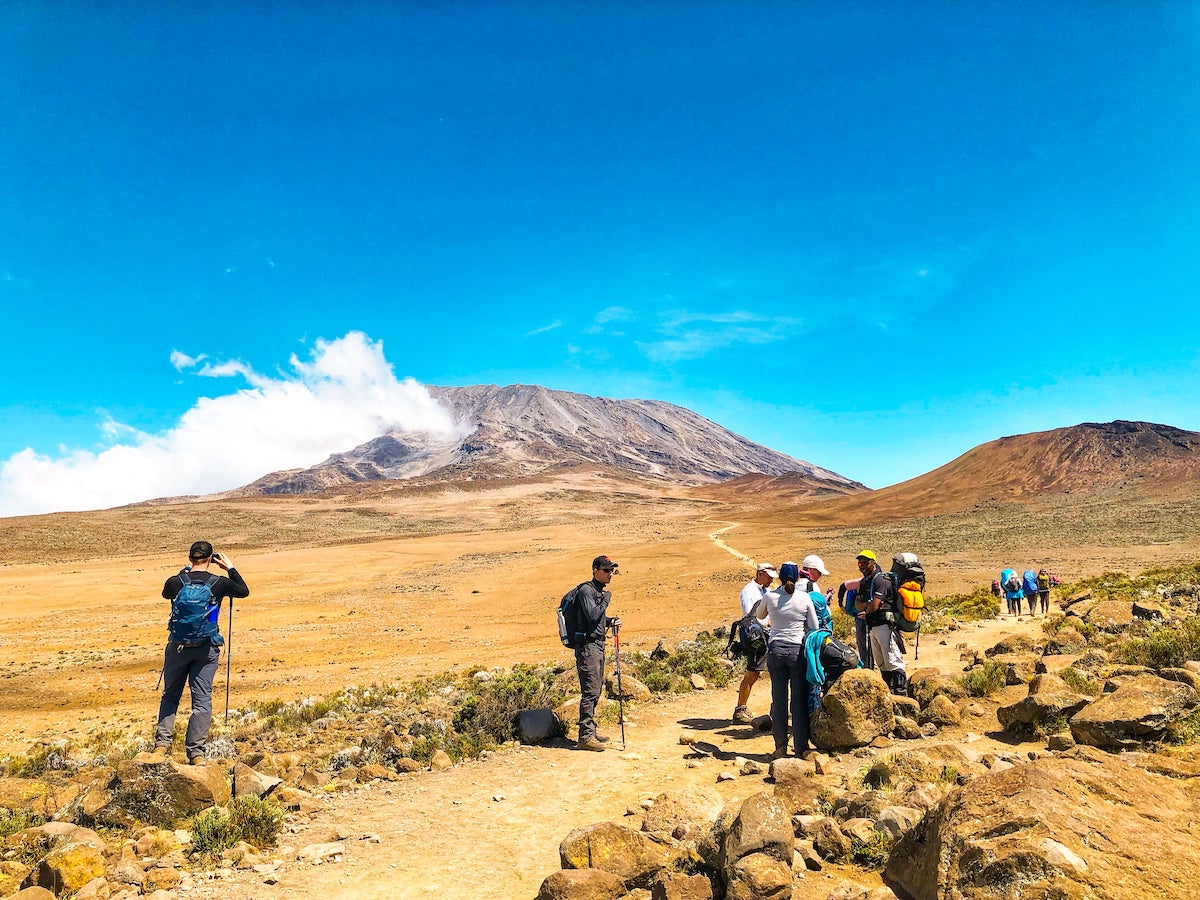Safety on Mount Kilimanjaro
Climbing Mount Kilimanjaro can indeed pose risks, primarily due to the high altitude and harsh environmental conditions. Altitude-related illnesses, including acute mountain sickness (AMS), high-altitude cerebral edema (HACE), and high-altitude pulmonary edema (HAPE), are among the most common dangers. These conditions can be life-threatening if not recognized and treated promptly.
While it’s true that every year some climbers experience altitude-related problems and need to be evacuated from the mountain, and unfortunately, a small number of fatalities do occur, it’s important to put these statistics in context:
Number of Climbers: Kilimanjaro is a popular destination, attracting thousands of climbers each year from around the world. With a large number of climbers attempting the summit, the absolute number of evacuations and fatalities may seem relatively high.

F.A.Q.
Climbing to extreme altitudes, as is the case with Kilimanjaro, inherently carries some level of risk. Altitude-related illnesses can affect individuals regardless of their physical fitness, age, or prior climbing experience.
Baraka Trails team on Kilimanjaro are well-trained to handle emergencies and provide proper acclimatization strategies. Our team also carry necessary equipment for evacuations. The best way to mitigate risks is to go with acknowledgeable tour operator like us.
Climbers can reduce their risk by being adequately prepared, following acclimatization schedules, staying well-hydrated, and understanding the symptoms of altitude-related illnesses.
Evacuation from Kilimanjaro is typically swift when necessary. There are established evacuation procedures, including the use of stretchers and, in severe cases, helicopter evacuations. The availability of medical professionals on the mountain also contributes to safety.
While climbing Kilimanjaro does have its risks, it’s important to remember that thousands of people successfully reach the summit every year with proper preparation and guidance. Choosing a reputable tour operator, following safety protocols, and listening to your body can significantly reduce the chances of experiencing serious issues on the mountain.
Before attempting to climb Kilimanjaro or any high-altitude mountain, it’s advisable to consult with a healthcare professional and ensure you are physically fit and prepared for the challenges of high altitude. Additionally, keeping up-to-date with the latest safety recommendations and guidelines is essential for a safe and enjoyable climbing experience.
